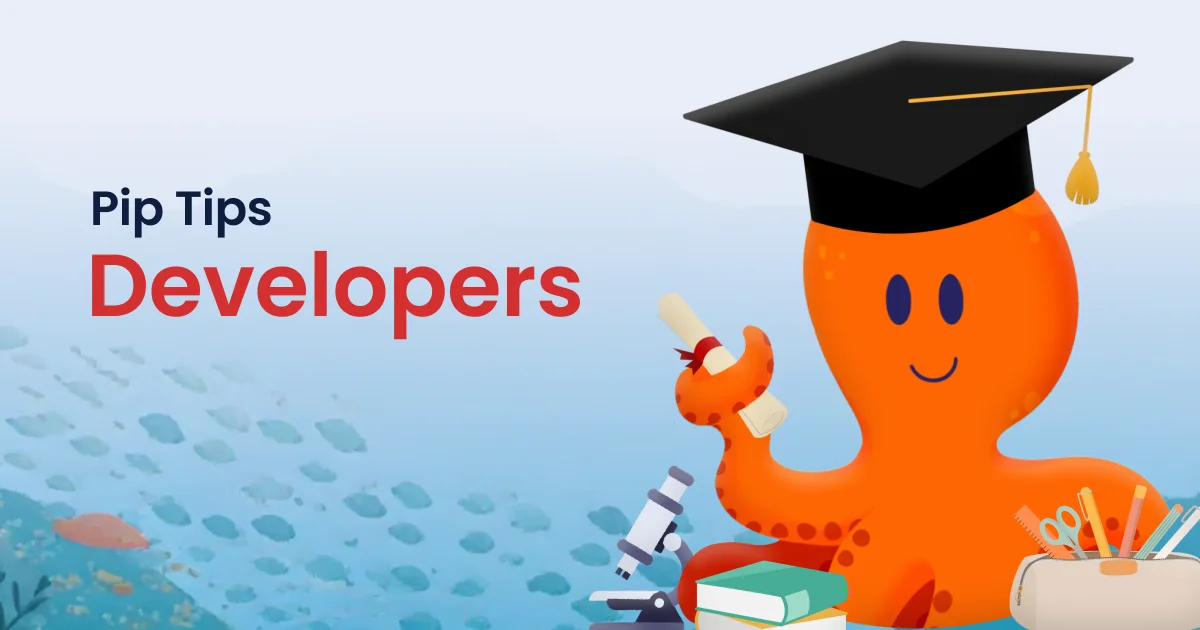TL;DR Agentforce Vibes – Salesforce’s Latest Solution to Buying Time
Agentforce Vibes is the personalisation intelligence powering Salesforce’s new and improved Agentforce platform – helping AI understand how you work so it can deliver the most relevant actions, recommendations, and automation in the flow of your day. It uses generative AI to transform natural language into code – so users can describe a feature and watch it come to life via a new autonomous AI coding agent, accelerating development at all stages.
And importantly, advancements like Agentforce Vibes do not make the Admin/Developer role redundant. They remain essential in establishing the data, rules, and governance that allow AI to operate safely and successfully. These tools are designed to remove the repetitive tasks – not replace the human expertise that keeps Salesforce aligned to business strategy.
_________________________________________________________________________
Salesforce continues to evolve its platform with innovations designed to streamline processes and maximise productivity, and Agentforce Vibes is the latest addition to that mission. Vibes uses generative AI to transform natural language into code – so users can describe a feature and watch it come to life via a new autonomous AI coding agent, accelerating development at all stages.
As AI becomes more embedded in how organisations operate, businesses are understandably excited – and sometimes a bit concerned – about what that means for the people who manage and use these systems every day. The reassuring truth: Agentforce Vibes is not here to replace Admins, Developers, or users. On the contrary, it empowers them by making Salesforce more intuitive, more personalised, and more efficient.
Understanding Agentforce Vibes
Agentforce Vibes is the engine behind Salesforce’s Agentforce platform – the AI-agent-powered system enabling smarter, more conversational experiences within Salesforce – all with ‘vibe coding’. Vibes acts as the connective tissue between user context, organisational data, and AI capabilities, helping to build, debug, test, and deploy Salesforce apps and agents.
In a simplified sense, Vibes turns plans and concepts into fully functional applications faster than ever before.
Rather than offering generic prompts or one-size-fits-all automation, Vibes allows AI agents to:
- Understand the preferences of individual users and teams
- Create features that leverage the organisation’s unique tone and governance
- Provide recommendations aligned with specific business processes
- Speed up development and automation
- Learn continually from feedback to improve accuracy and usability
How Agentforce Vibes Supports AI in Salesforce
Salesforce’s approach to AI has always centred around trust, transparency, and the belief that AI must augment – not override – human strategy. Vibes reflects that philosophy with several core features:
Capability
What It Means for Users
Contextual personalisation
AI agents make decisions based on specific departmental workflows and data usage.
Governance-aware intelligence
Admins set boundaries, and AI operates within those business controls.
Continuous learning
Feedback improves the relevance and quality of actions over time.
Human-in-the-loop design
Employees review and approve key decisions – AI doesn’t run unchecked.
The goal is simple: AI that adjusts to business realities and human expertise, not the other way around.
What Does This Mean for Salesforce Teams?
For Salesforce professionals, Agentforce Vibes is not something to fear. It’s an opportunity.
Admins and Developers remain the core of Salesforce ecosystems – the people who:
- Ensure AI aligns to the company’s data model
- Create the guardrails that protect compliance and security
- Translate business requirements into Salesforce functionality
- Shape the workflows AI will help enhance
- Connect teams with the right tools to succeed, keeping humans at the heart of each decision
Agentforce Vibes doesn’t eliminate that responsibility. It makes the work smoother and more impactful by reducing repetitive labour and boosting insight quality.
For example, instead of manually configuring dozens of preferences or adjusting prompts repeatedly, Admins will have a centralised way to manage personalisation at scale. They will spend less energy on micromanagement and more time driving strategy and innovation.
In many ways, Vibes reinforces the Admin role – ensuring organisations still need skilled experts to maintain sustainable growth and successful adoption.
What Benefits Can Salesforce Teams Expect?
Agentforce Vibes introduces a new layer of intelligence that improves productivity from day one. Here’s a glimpse of what users can look forward to:
1. Less time navigating, more time doing
Agentforce builds with no code or complex prompts, just a description from the user. Custom objects, relationships, and page layouts can all be constructed in minutes.
2. Continuous Improvement
AI proactively auto-suggests actions relevant to the user’s current task.
2. Reduced training friction
New employees onboard faster because the system guides them proactively.
3. Better data quality
Context-based prompts facilitate the capture of accurate and complete data.
4. Personalised automation
Recommendations feel like helpful coaching – not generic system prompts.
5. Higher engagement and adoption
When Salesforce feels more intuitive, users naturally rely on it more.
Each of these improvements strengthens the platform’s long-term value.
At Performa, we see the most significant initial use case for Vibes as prototyping. For example, you are a business analyst tasked with presenting new components for the customer service page layout. You use Agentforce Vibes to quickly mock up a lightning web component for feedback from stakeholders. This will allow you to present a more detailed set of requirements, along with an example component, to your development team before they embark on the project.
Human Expertise Still Drives Success
It’s important to highlight that the Salesforce platform is vast and nuanced. Even with advanced AI capabilities, there is no “set it and forget it” scenario. Automations need oversight. Data governance needs guardians. Business processes need translation.
Agentforce Vibes enables AI to support users more intelligently, but:
- It does not understand business logic without correct configuration.
- It cannot decide or dictate business strategy.
- It cannot replace the empathy and judgment of human decision-making.
Like every tool in the Salesforce suite, Vibes is designed to enhance human capability – not erase it. Admins and Developers remain essential because technology only delivers value when it is correctly implemented and continuously optimised.
As a marketeer, I could probably put together an out-of-the-box shelving system with some good instructions, albeit with a lot of stress involved and likely some expletives, that would bear a small amount of weight. But would it be practical, durable, fit-for-purpose, and tailored to my space, routines and aesthetic? It certainly would not. And would I have the time to learn the skills necessary to do so in a timely manner? No! I’m not talking about my personal DIY conquests totally out of context here; this is one of the metaphors we use to assure our clients that although the technology is designed to save our most precious resource, time, and make our working lives easier, you still need skilled Admins, Developers, Architects (and carpenters!) to get the jobs done reliably, scalably and to a high standard.
Good Vibes: Future Expectations
As Agentforce Vibes rolls into more organisations, we can expect:
- Stronger collaboration between business users and Salesforce/IT teams
- Smoother user experiences that increase productivity
- AI that feels less like “tech” and more like a helpful teammate
What doesn’t change?
The need for skilled Salesforce professionals.
AI can automate tasks, but people build relationships. People drive change. People ensure that business systems reflect real-world needs.
Agentforce Vibes represents the next step in Salesforce’s AI evolution. It is exciting, transformative, and undeniably powerful – but it is not a replacement for the Admin role. If anything, it highlights the continued importance of human guidance.
With Vibes, Salesforce professionals are empowered to:
- Provide a smarter, more intuitive experience
- Reduce tedious maintenance
- Focus on strategic contributions that elevate the business
As always, Salesforce is building automation not to replace jobs, but to support sustainable growth and stronger outcomes for everyone involved. As I mentioned earlier in the article, the Salesforce 360 and its AI capabilities give us more of our most valuable resource: time. Time to innovate, time to reimagine, time to overcome what’s holding us back from growth.
The future of Salesforce remains, as it always has been, a partnership between innovative technology and the talented people who make that technology effective.
Want to learn more about how you can use Salesforce to automate the time-consuming tasks in your organisation and break down the bottlenecks? Reach out to us today!






